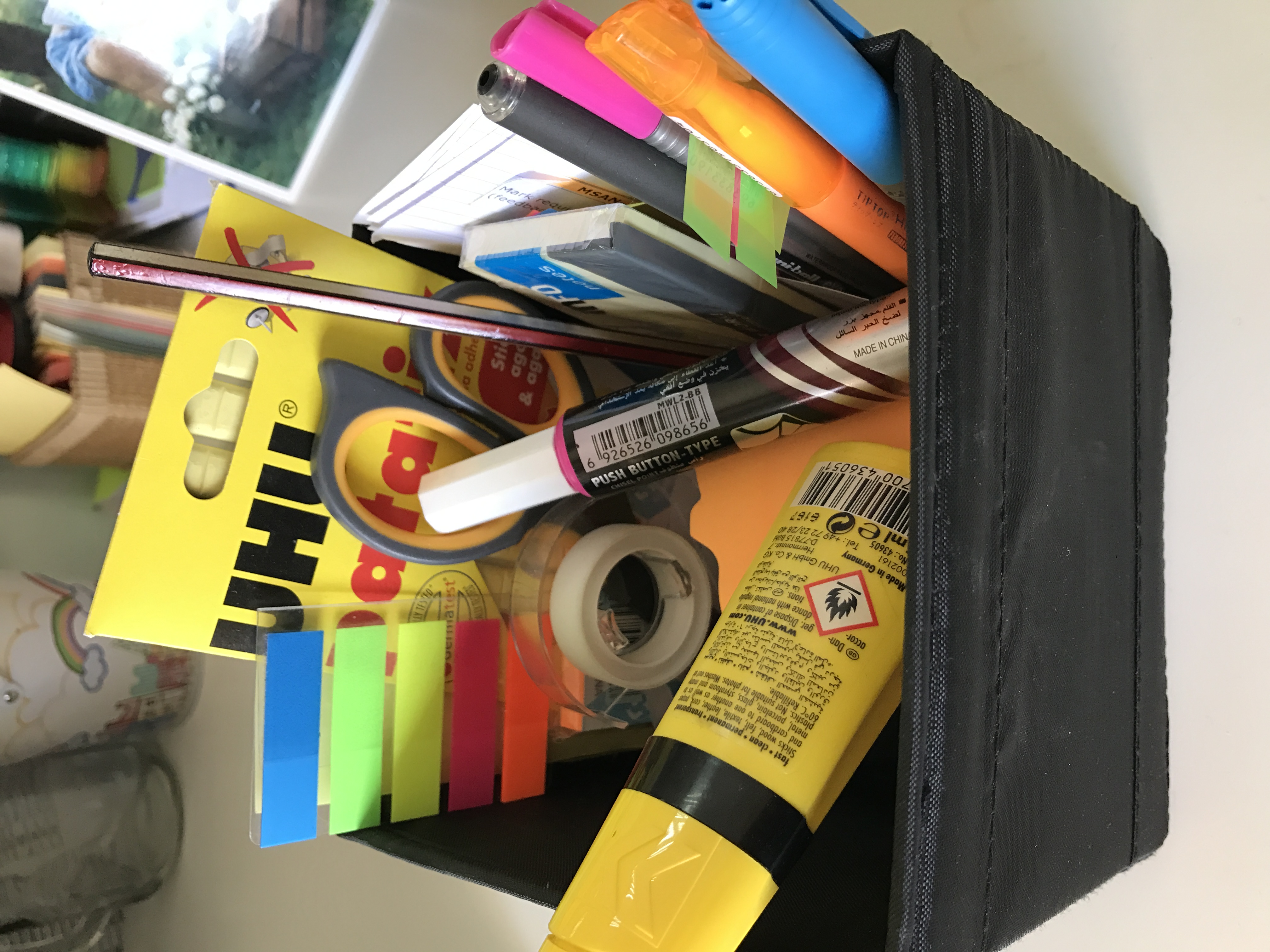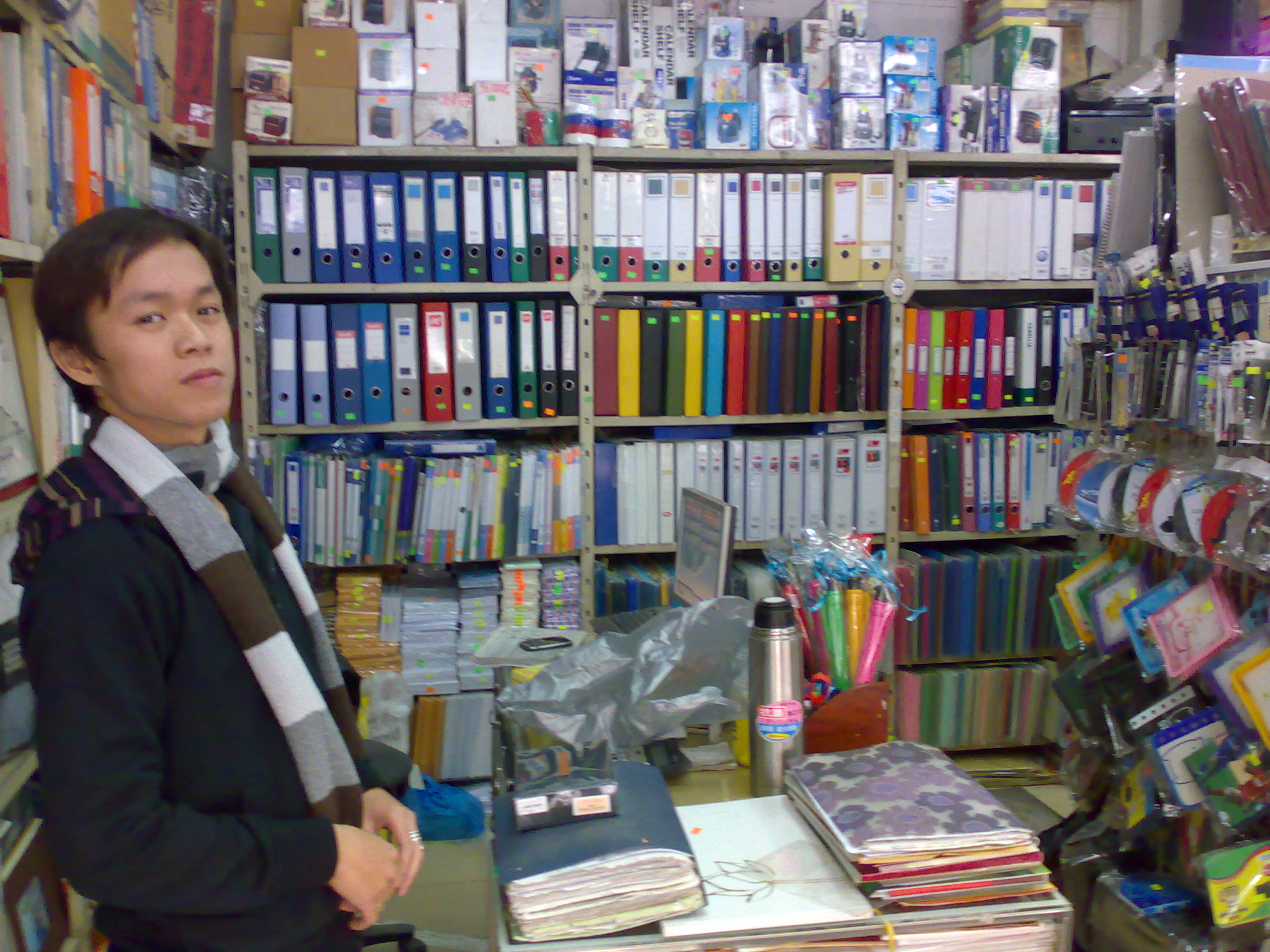Stationery on:
[Wikipedia]
[Google]
[Amazon]

 Stationery refers to commercially manufactured writing materials, including cut paper, envelopes, writing implements,
Stationery refers to commercially manufactured writing materials, including cut paper, envelopes, writing implements,
 Letterpress is a process of printing several identical copies that presses words and designs onto the page. The print may be inked or blind, but is typically done in a single color. Motifs or designs may be added as many letterpress machines use movable plates that must be hand-set. Letterpress printing remained the primary method of printing until the 19th century.
Letterpress is a process of printing several identical copies that presses words and designs onto the page. The print may be inked or blind, but is typically done in a single color. Motifs or designs may be added as many letterpress machines use movable plates that must be hand-set. Letterpress printing remained the primary method of printing until the 19th century.

 Stationery refers to commercially manufactured writing materials, including cut paper, envelopes, writing implements,
Stationery refers to commercially manufactured writing materials, including cut paper, envelopes, writing implements, continuous form paper
Continuous stationery (UK) or continuous form paper (US) is paper which is designed for use with dot-matrix and line printers with appropriate paper-feed mechanisms. Other names include ''fan-fold paper'', ''sprocket-feed paper'', ''burst paper ...
, and other office supplies. Stationery includes materials to be written on by hand (e.g., letter paper) or by equipment such as computer printers.
History of stationery
Originally, the term 'stationery' referred to all products sold by a stationer, whose name indicated that his book shop was on a fixed spot. This was usually somewhere near a university, and permanent, while medieval trading was mainly carried on by itinerant peddlers (including chapmen, who sold books) and others (such as farmers and craftsmen) at markets and fairs. It was a unique term used between the 13th and 15th centuries in the manuscript culture. Stationers' shops were places where books were bound, copied, and published. These shops often loaned books to nearby university students for a fee. The books were loaned out in sections, allowing students to study or copy them, and the only way to get the next part of the book was to return the previous section. In some cases, stationers' shops became the preferred choice for scholars to find books, instead of university libraries due to stationers' shops' wider collection of books. The Stationers' Company formerly held a monopoly over the publishing industry in England and was responsible for copyright regulations.Uses of stationery
Printing
Printing is the process of applying a colouring agent to a surface to create a body of text or illustrations. This is often achieved through printing technology, but can be done by hand using more traditional methods. The earliest form of printing is wood blocking.Letterpress
 Letterpress is a process of printing several identical copies that presses words and designs onto the page. The print may be inked or blind, but is typically done in a single color. Motifs or designs may be added as many letterpress machines use movable plates that must be hand-set. Letterpress printing remained the primary method of printing until the 19th century.
Letterpress is a process of printing several identical copies that presses words and designs onto the page. The print may be inked or blind, but is typically done in a single color. Motifs or designs may be added as many letterpress machines use movable plates that must be hand-set. Letterpress printing remained the primary method of printing until the 19th century.
Single documents
When a single document needs to be produced, it may be handwritten or printed typically by a computer printer. Several copi